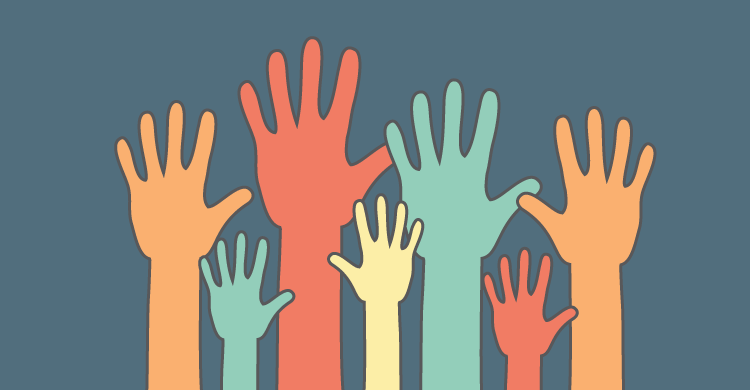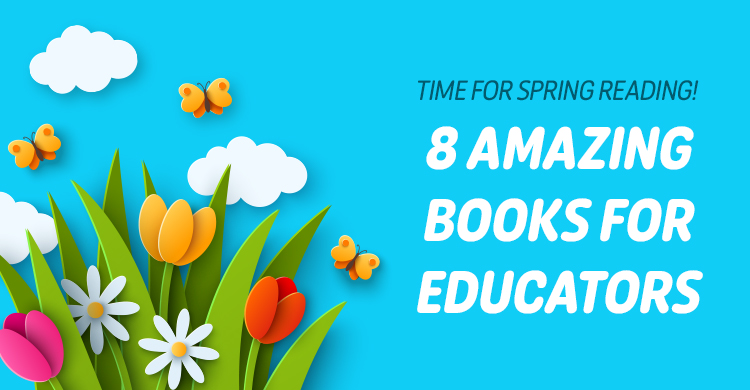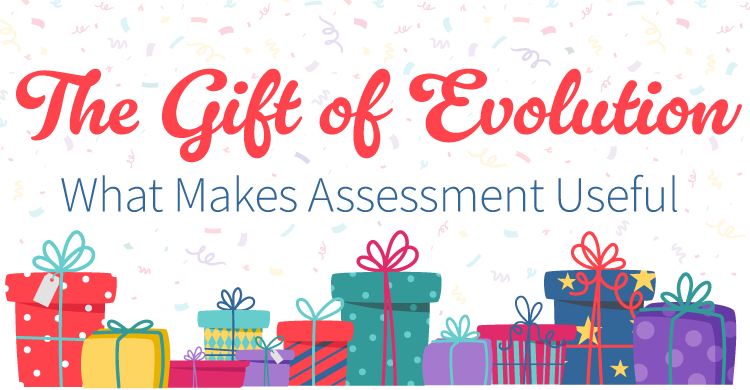Driving Question: How can I help students learn from their mistakes?
“So let’s talk now about what you can do differently in your next project,” Mr. Pecht asked. “This review is the most important part of this project. Tell me what you would do.”
“We hadn’t thought about that,” Rosalea answered. “Those are just usually red marks that lower our grade.”
“The grades come later and I base them on what your team did well in the project. This conversation is about not repeating the same mistakes in the next project…doing better.”
Rolando Pecht’s comments surprised the trio as much as it had others. The three sophomores had completed the open questions to evaluate their project. They didn’t expect that they were going to talk about making changes and learning from mistakes. And grades based on what they did do were a bigger surprise, given the emphasis that everyone else in the school made on getting good grades. Mr. Pecht was adamant about saying that school was about “What did you learn?” and not about “What grade did you get?”
ROLANDO’S SEVEN STRATEGIES
Rolando found that helping students learn from mistakes was as valuable as he had read in the Hattie research. (Hattie, 2008) He insisted on his students giving him feedback about his teaching as much as he insisted on having students reflect on what they learned and how they learned. Since the days when students in his English classes had invented the “25 cents in a jar” penalty for repeating grammar, usage, and spelling mistakes already “corrected” in their weekly essays, he had adopted a number of reflection practices. With these, he personalized students’ self-reflections not only for their projects and essays, but for the other tasks they undertook. “Learning from mistakes,” the veteran teacher believed, “was the most effective way to engage students in deeper learning.”
- Identify expectations. Roland introduced every lesson with a power ELA standard. This enabled him to detail what and how students would learn. The verb in the power standard announced the critical thinking skill such as “analyze” or “compare” on which students would focus. In addition, this standard provided the “what” content, such as “characters” in a novel or “central ideas” in informational text.
- Making a personal learning plan. Based on the breakdown of the power standard, students created a personal learning plan (PLP) with individualized goals with know and do. Pech provided the protocol and pre-approval sign off.
- Set up driving and guiding questions. Every lesson was cast in an inquiry mode. He expected his seniors to participate in generating an authentic driving question that fit the standards-aligned literature. The guiding questions framed students’ research of the authors, context, and the books as they developed on- and off-line research skills. In some units, the guiding questions fed into interview surveys as part of the students’ requirements to gather information about the reading material.
- Present rubrics. For the key verb from the power standard applied to the literature or text, Rolando presented a rubric at the start of the unit. This would guide students’ development of the unit’s key thinking skill. In addition, for the lesson or project, he would provide a guiding rubric for another one of the 4Cs. In the first semester, he concentrated on collaboration and communication rubrics. By the end of the second semester, he activated creative thinking, self-direction, and cultural care rubrics. For novice PBL students, he would add rubrics drawn from other ELA standards, especially writing, speaking, and listening. In all cases, students reviewed the rubrics at the unit’s start.
- Call for multiple reflections. Scheduling weekly time for in-class reflections guided by the rubrics and formative quizzes was an important component of Rolando’s instruction. In addition to specific criteria in each rubric, Rolando promoted reflective assessments with three open-ended guides: “What I did well this week,” “What I will do differently,” and “What help I need.” Working alone first as in a think-write-share, the students critiqued their work with the various rubrics presented at the beginning of the unit and with their own Personal Learning Plans. In this context, students stop looking at red marks and look to learn from the mistakes. “Learning from mistakes,” the teacher noted, “comes when the culture of the classroom supports learning over the highlighting of mistakes.”
- Require summative reflection. After students completed all guiding rubrics and formative assignments, Pecht devoted time for summative reflection that encouraged students to capture what they had done well, what to modify or correct, and any need for specific help. Working alone and with their trios, the students synthesized their formative and guiding assessment. This material, along with artifacts, fed into their portfolio. Special value is given to artifacts, which show how students learned from their mistakes.
- Enter final grade. Pecht provided his students with a grade sheet that allowed them to provide peer grades based on the power standard, a self-grade, and his final grade. “The system,” he noted, “takes the heavy hand of a grade for every little task out of the equation. It also means all of us concentrate first on the learning. The system also allows me to stress feedback and saves me the time of entering uninformative data into the grade book. At the end of the semester, it is easy to tally a final grade connected back to the driving question and the expectations.”
LEARNING FROM REFLECTING
Helping students learn from their mistakes is a valuable learning opportunity. It works best when a teacher prepares students to set realistic goals and provides tools that guide their reflections through a learning task, a unit, or the semester. This is the learning from reflecting on experience (Art As Experience, 1934) which Dewey proposed as he advanced his idea of learning by doing.
Learning from reflecting provides the students a way to think and problem solve just as writers, artists, and scientists do. It gives them the freedom to succeed or fail but with the advantage of learning from what happens by thinking about and changing the mistakes that occur along the way. They are making at the deepest level. They are making their own knowledge and they are carrying this newly formed knowledge forward, transferring it into their ever deepening knowledge base.
Jim Bellanca edits Solution Tree Press’s Deeper Learning and 21st Century Skills Leading Edge series. He co-authored STP’s best selling How to Teach Thinking in the Common Core and wrote STP’s Enriched Learning Projects. This is the fourth post in a once per month series based on Project-Based Instruction. Connect with Jim: twitter @jim21st; Facebook-James A. Bellanca; [email protected] or on the P21Blogazine, www.p21.org.
In July: Teachers without Choice; Students without Agency. What can a teacher feeling pressured to cover curriculum, produce higher scores, and test prep do to grant students the agency they themselves lack?
References:
Bellanca, J. (2015) Wad-Ja-Learn? Northbrook, Il. International Renewal Press.
Bellanca, J. (2010) Enriched Learning Projects, Bloomington, In, Solution Tree Press.
Bellanca, J., Fogarty, R., & Pete, B. (2013) How to Teach Thinking in the Common Core. Bloomington, In., Solution Tree Press.
Dewey, J. (1934) Art As Experience. New York, Perigree Press.
[author_bio id=”145″]






